Introduction
Last weekend, our science team together with a few volunteers went for the monthly Sabaki bird count. To make the activity even more interesting and fruitful, they went there the night before and camped on site. Faith, a volunteer in the communications department was happy to join them, and this is what she had to say…
“During my time at A Rocha Kenya, I have heard many interesting stories about the Sabaki bird counts, or the muddy counts, as it is often called. That is why when the opportunity to not only join the count but get to camp as well presented itself, I couldn’t say no. We arrived at Sabaki at around 4pm, where we met members of the Sabaki River Conservation and Development Organization ( SARICODO). They were our hosts, but also would later join us for the counts. We then headed to our camping site where we pitched our tents and spend the rest of the evening.
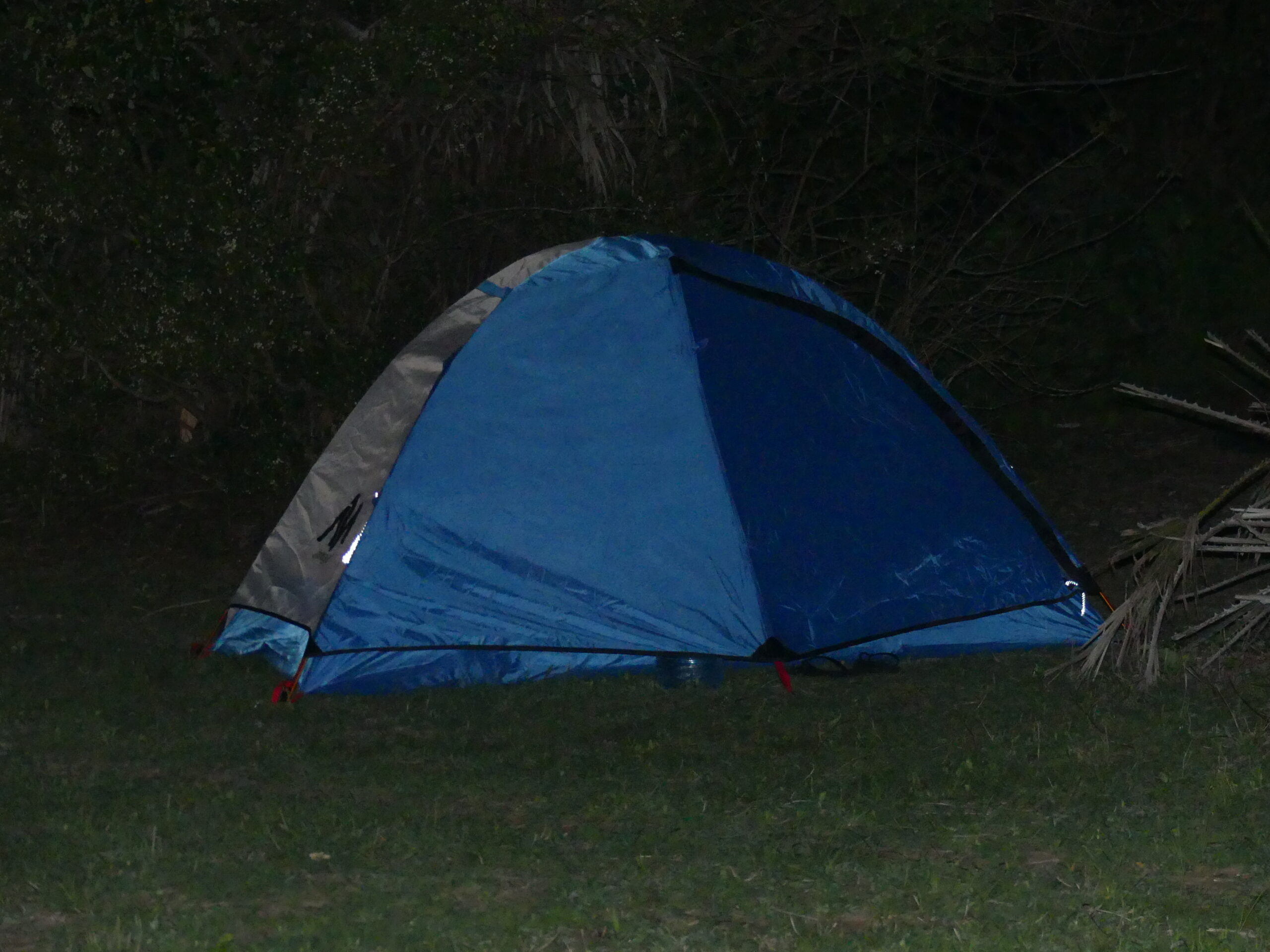
Early the next day…
Our morning started quite early. We started with a bird walk around the area. In the process, we also got to identify some interesting species and learnt about some of the tree species around. Some of the bird species in our bird watching included the Red –cheeked Cordon-bleu, African palm swift and Namaqua dove. We also saw the Speckled mousebird ,Scaly-throated honeyguide ,Africa pied wagtail, Village weaver and the Fork-tailed drongo.
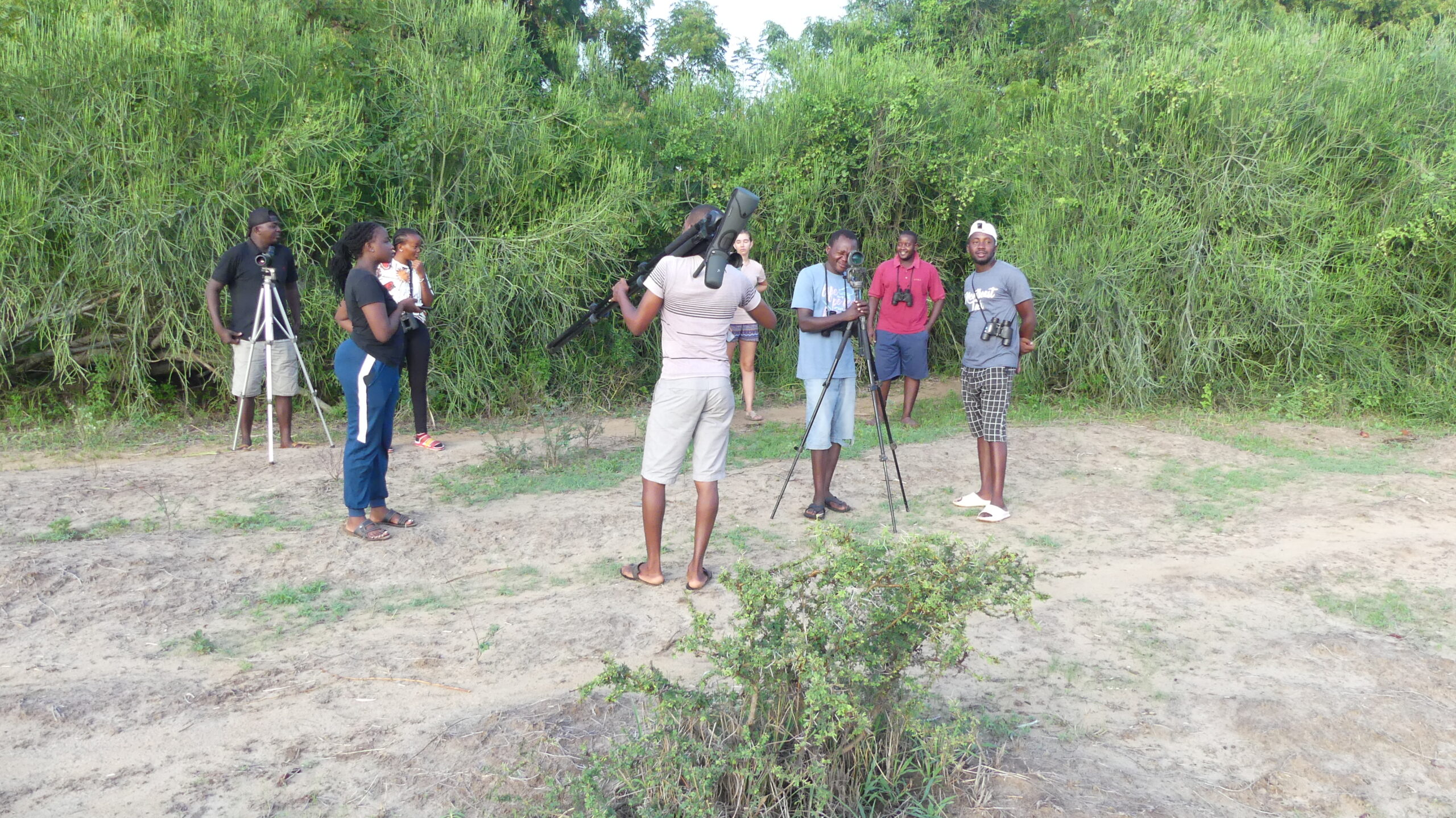
One for the road
At about quarter past seven, we went back to our camping site and made breakfast. We really had a scarcity of water in the area so the little we could get was only used for cooking and drinking.
The Sabaki water counts started half past nine. We used a different route because of the rains, the usual route was flooded and thus very hard to access. Because of the floods, we had a lot of dirty water in the ocean from the river.
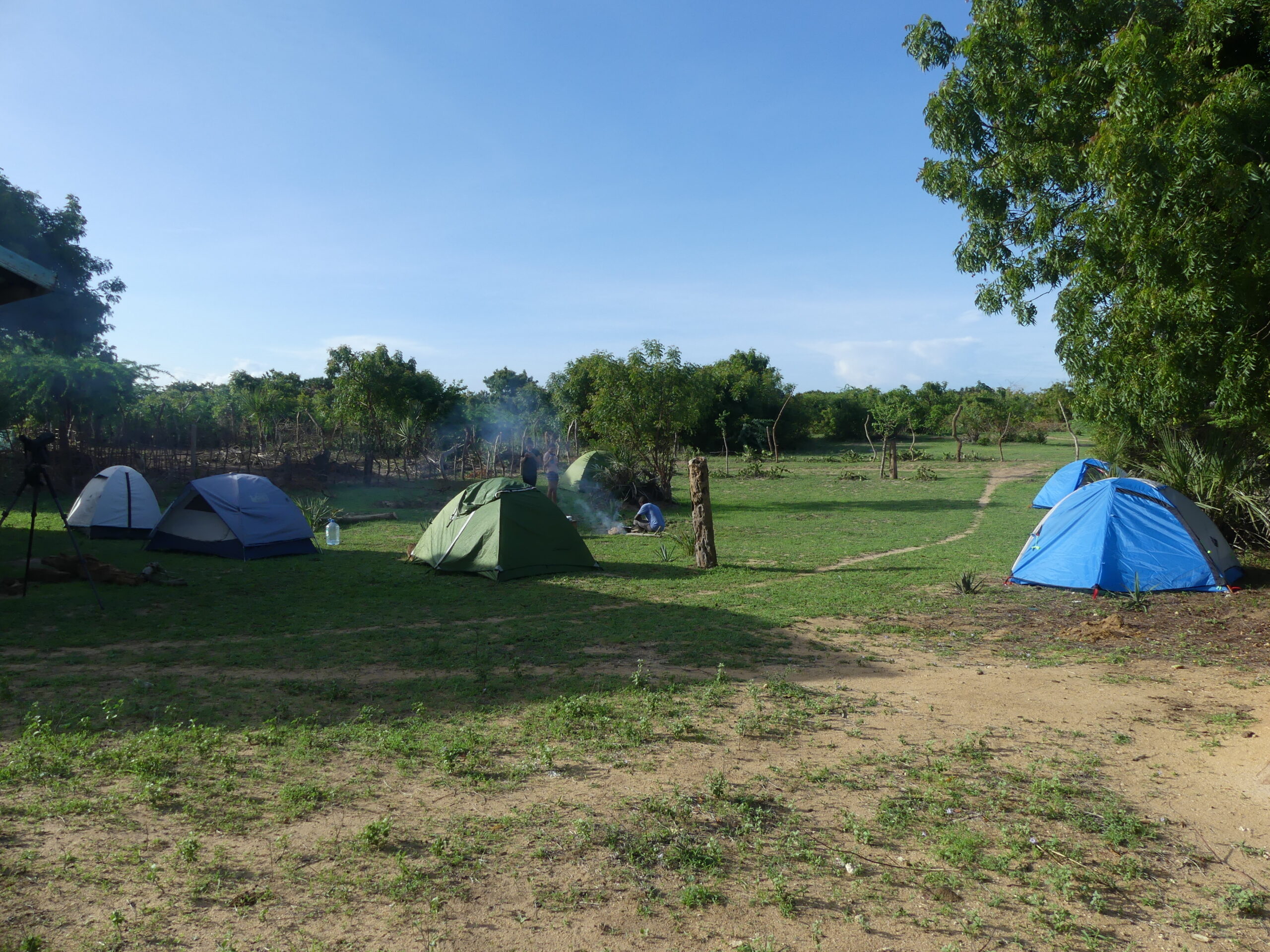
Most of the water birds had migrated and so we did not count a lot of birds as usual. The count did live up to its legend. The fun part was walking through the mud on the banks, and also watching out for the hippos in the river.
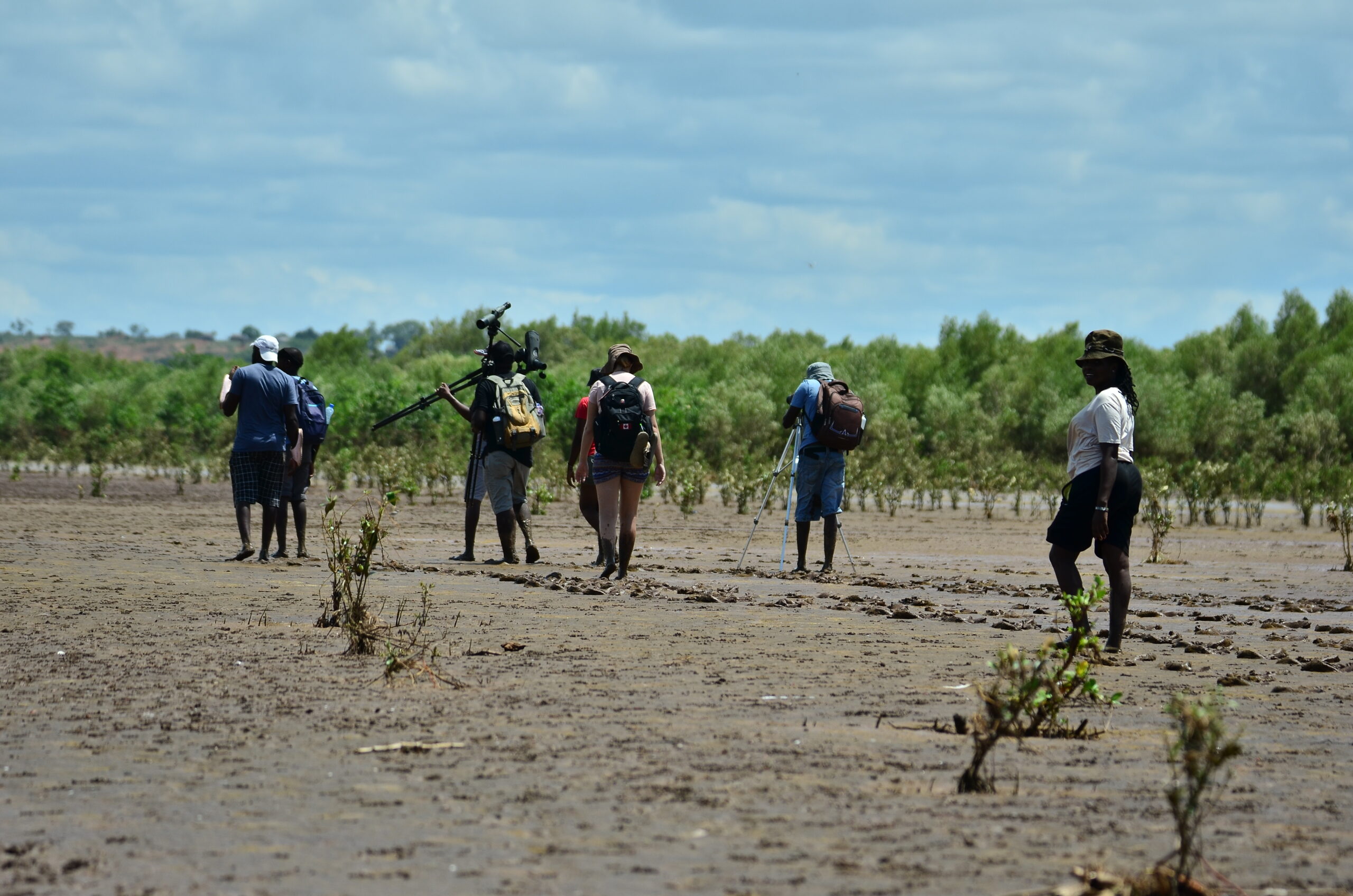
Bird of the day
The highlight of the day was the White-winged Black Tern, the species was in the molting period and as a result looked very pretty. Other species that were counted included the African sacred ibis, Common greenshank, Caspian tern, Lesser flamingos, Terek Sandpiper, Swift tern, Lesser crested tern, Grey plover, Little stint and White-fronted plover.
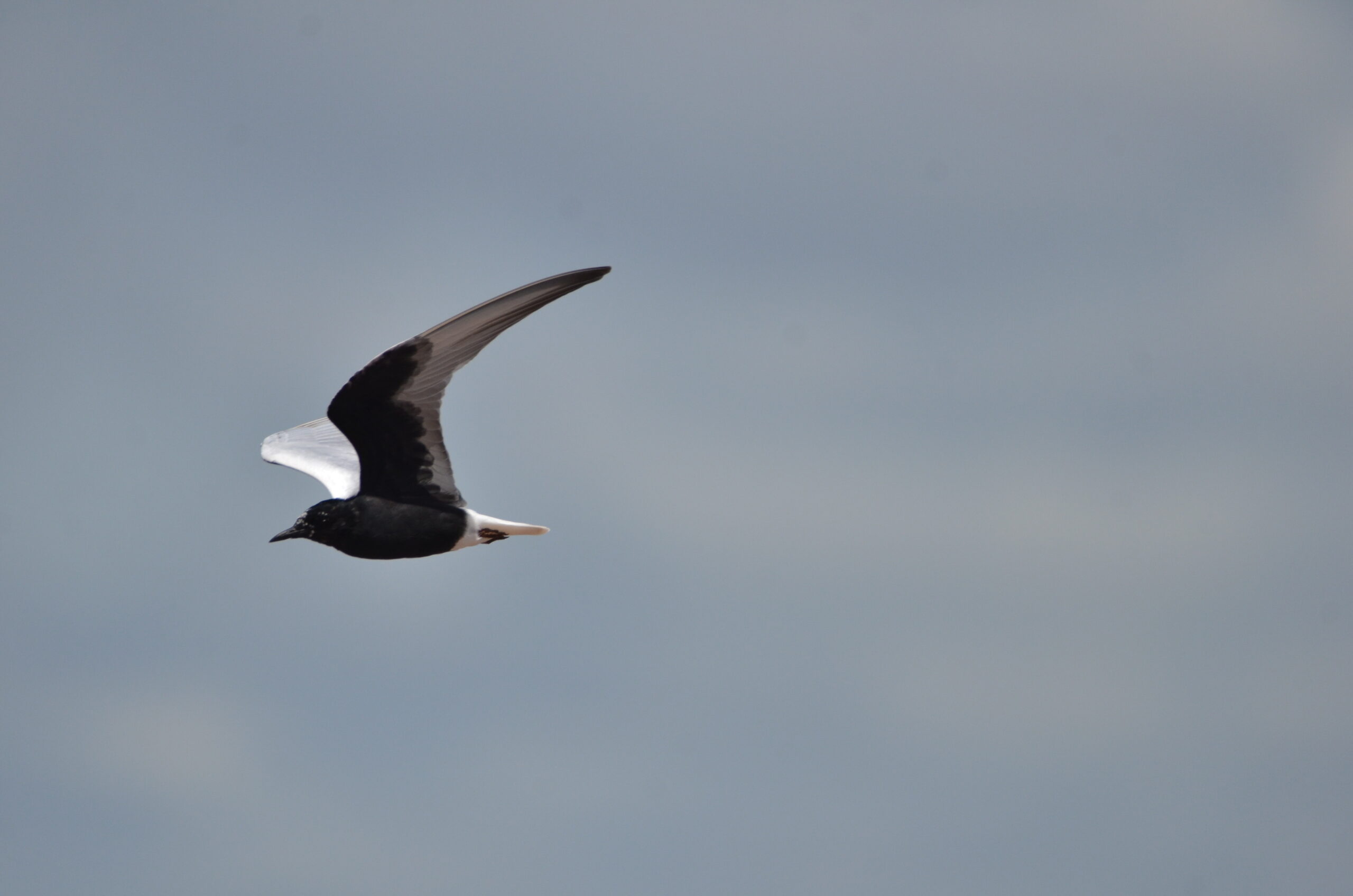
We were done by our counts at around noon, where we all gathered at our camping site, broke camp and cleared, ready to go back to Mwamba. I really had a very interesting day and a unique experience. What I thought the Sabaki counts would be like was great, but what I experienced was even greater. And even though there wasn’t the usual mud, maybe because we used a different route, the muddy count did live up to its legend!”